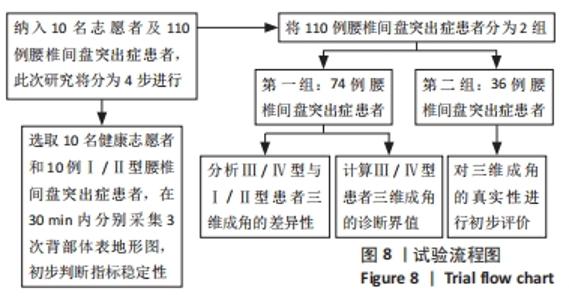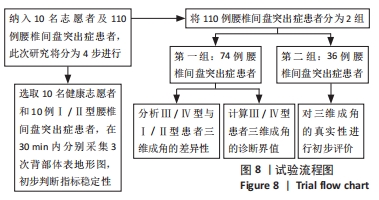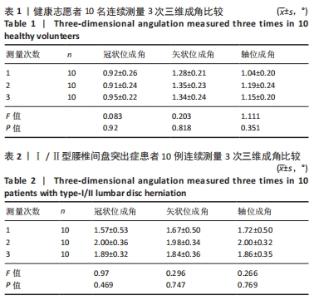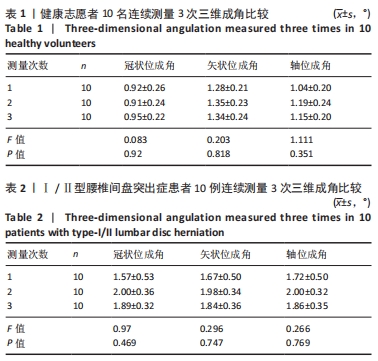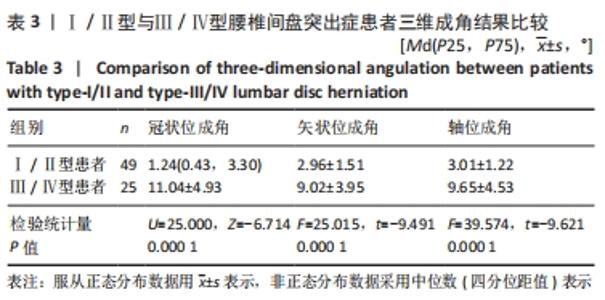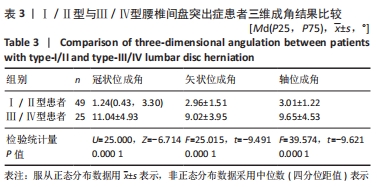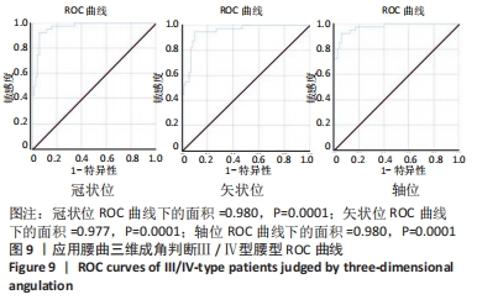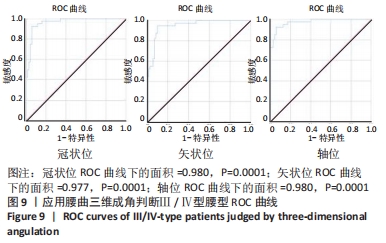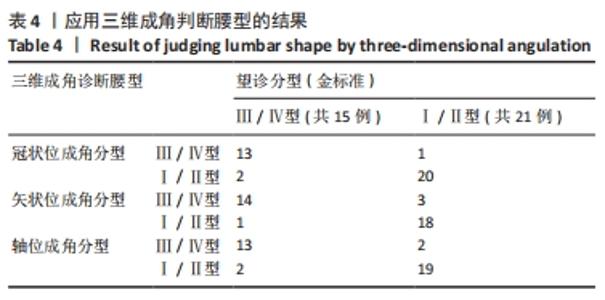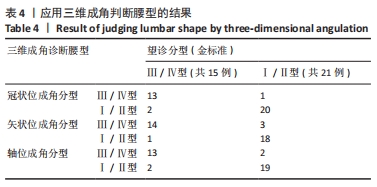[1] 冯天有.损伤性脊柱疾病诊治的中西医结合临床研究[J].空军总医院学报, 1997,13(2):63-66.
[2] 周谋望,岳寿伟,何成奇,等.“腰椎间盘突出症的康复治疗”中国专家共识[J].中国康复医学杂志,2017,32(2):129-135.
[3] 冯伟.浅析冯天有教授有关损伤性脊柱疾病的学术研究[J].空军总医院学报, 2000,16(4):187-190,192.
[4] 冯伟,冯天有,许奎,等.新医正骨疗法治疗Ⅲ、Ⅳ型腰椎间盘突出症[J].中医正骨,2015,27(5):62-64.
[5] 冯天有.中西医结合治疗软组织损伤的临床研究[M].北京:中国科学技术出版社,2002.
[6] 国家中医药管理局.中医病证诊断疗效标准[M].南京:南京大学出版社,1994.
[7] KENANIDIS E, STAMATOPOULOS T, ATHANASIADOU KI, et al. Can we predict the behavior of the scoliotic curve after bracing in adolescent idiopathic scoliosis? Τhe prognostic value of apical vertebra rotation. Spine Deform. 2021;9(1):91-98.
[8] 冯伟,王飞,许奎.新医正骨疗法治疗腰曲反向型腰椎间盘突出症的临床研究[J].空军医学杂志,2020,36(1):65-67.
[9] 冯伟.新医正骨疗法治疗难治型旋盆翘臀型腰椎间盘突出症的临床研究[J].空军医学杂志,2020,36(4):307-309.
[10] HEY HWD, TAN KA, THADANI VN, et al. Characterization of Sagittal Spine Alignment With Reference to the Gravity Line and Vertebral Slopes: An Analysis of Different Roussouly Curves. Spine (Phila Pa 1976). 2020;45(9):E481-E488.
[11] 李书强,王淑静,李伟锋.椎曲论在脊柱退变性疾病防治中的临床意义[J].风湿病与关节炎,2014,3(1):71-72.
[12] 赵文,陈启亮,李永,等.四诊合参现代化发展研究[J].天津中医药,2020, 37(10):1090-1094.
[13] 赵文,张佳,徐佳君,等.四诊合参智能化发展现状及实现路径[J].中医杂志, 2021,61(1):58-67.
[14] 张钰莹,华周,詹松华,等.中医四诊新技术的应用及研究进展[J].中国医学计算机成像杂志,2021,27(1):83-86.
[15] 薛冬,徐海林,王伟.人工智能辅助X线识别对骨科的应用价值研究进展[J].中国骨伤,2020,33(9):887-890.
[16] 姜建元,陈劲松,吕飞舟,等.三维CT重建在累及关节面的复杂骨折治疗中的指导意义[J].骨与关节损伤杂志,2000,15(3):165-166.
[17] 邱贵兴.计算机辅助导航技术在骨科手术中的应用[J].中华骨科杂志,2006, 26(10):651-652.
[18] SATO T, YONEZAWA I, AKIMOTO T, et al. Novel Hump Measurement System With a 3D Camera for Early Diagnosis of Patients With Adolescent Idiopathic Scoliosis: A Study of Accuracy and Reliability. Cureus. 2020;12(5):e8229.
[19] ZHENG YP, LEE TT, LAI KK, et al. A reliability and validity study for Scolioscan: a radiation-free scoliosis assessment system using 3D ultrasound imaging. Scoliosis Spinal Disord. 2016;11:13.
[20] MASSO PD, GORTON GE 3RD. Quantifying changes in standing body segment alignment following spinal instrumentation and fusion in idiopathic scoliosis using an optoelectronic measurement system. Spine (Phila Pa 1976). 2000;25(4):457-462.
[21] POTTER BK, KUKLO TR, LENKE LG. Radiographic outcomes of anterior spinal fusion versus posterior spinal fusion with thoracic pedicle screws for treatment of Lenke Type I adolescent idiopathic scoliosis curves. Spine (Phila Pa 1976). 2005;30(16):1859-1866.
[22] 郭伟,刘益善,冯宇,等.脊柱侧弯患者云纹图法诊断的研究[J].中国矫形外科杂志,2007,15(21):1665-1666.
[23] 胡可,朱晓华,倪君,等.云纹图法对背部疾病望诊客观化应用价值研究[J].中医临床研究,2014,6(34):19-21.
[24] ZHONG L, QIN J, YANG X, et al. An Accurate Linear Method for 3D Line Reconstruction for Binocular or Multiple View Stereo Vision. Sensors (Basel). 2021;21(2):658.
[25] 马朝阳,华云松.基于双目立体视觉的平面测距研究[J].软件, 2020,41(9):194-197.
[26] GROISSER B, KIMMEL R, FELDMAN G, et al. 3D Reconstruction of Scoliotic Spines from Stereoradiography and Depth Imaging. Ann Biomed Eng. 2018;46(8):1206-1215.
[27] 郭伟,赵平,周卫.脊柱云纹照相技术的临床应用[J].中国骨伤,2008, 21(3):237-239.
[28] 冯伟,王飞,许奎.脊柱功能单位构型改变在腰椎间盘突出症中的意义[J].空军医学杂志,2018,34(3):196-198.
[29] 欧阳钧,钱蕾,孙培栋.脊柱生物力学研究的回顾与展望[J].医学生物力学, 2021,36(2):169-176.
[30] 李具宝,熊启良,屈尚可,等.中医推拿治疗腰椎间盘突出症:应用规律10年文献分析[J].中国组织工程研究,2014,18(44):7211-7216.
[31] 韩磊,赵平,王飞,等.脊柱手法为主治疗腰椎间盘突出症:受累椎体X射线量化分析[J].中国组织工程研究,2014,18(17):2740-2745.
|
